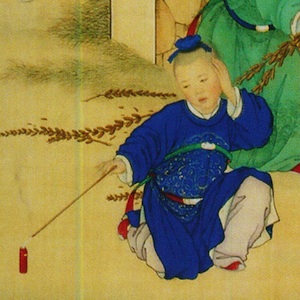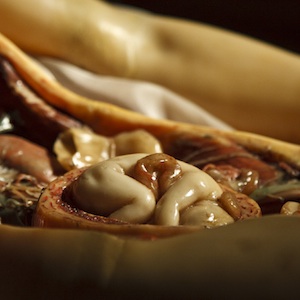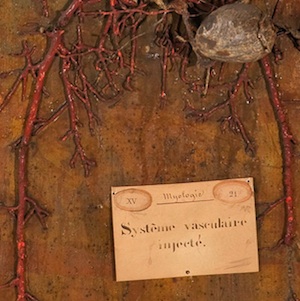Lihong Liu Fireworks in the early modern world paradoxically wedded a local experience of ephemeral sensations with an impulse to create patterns of perpetual motion. Exploring the custom of fireworks in China alongside their pictorial representations and decorative applications in a transcultural context during the long eighteenth century, this article…
Pyrotechnic Profusion: Fireworks, Spectacles, and Automata in Time





